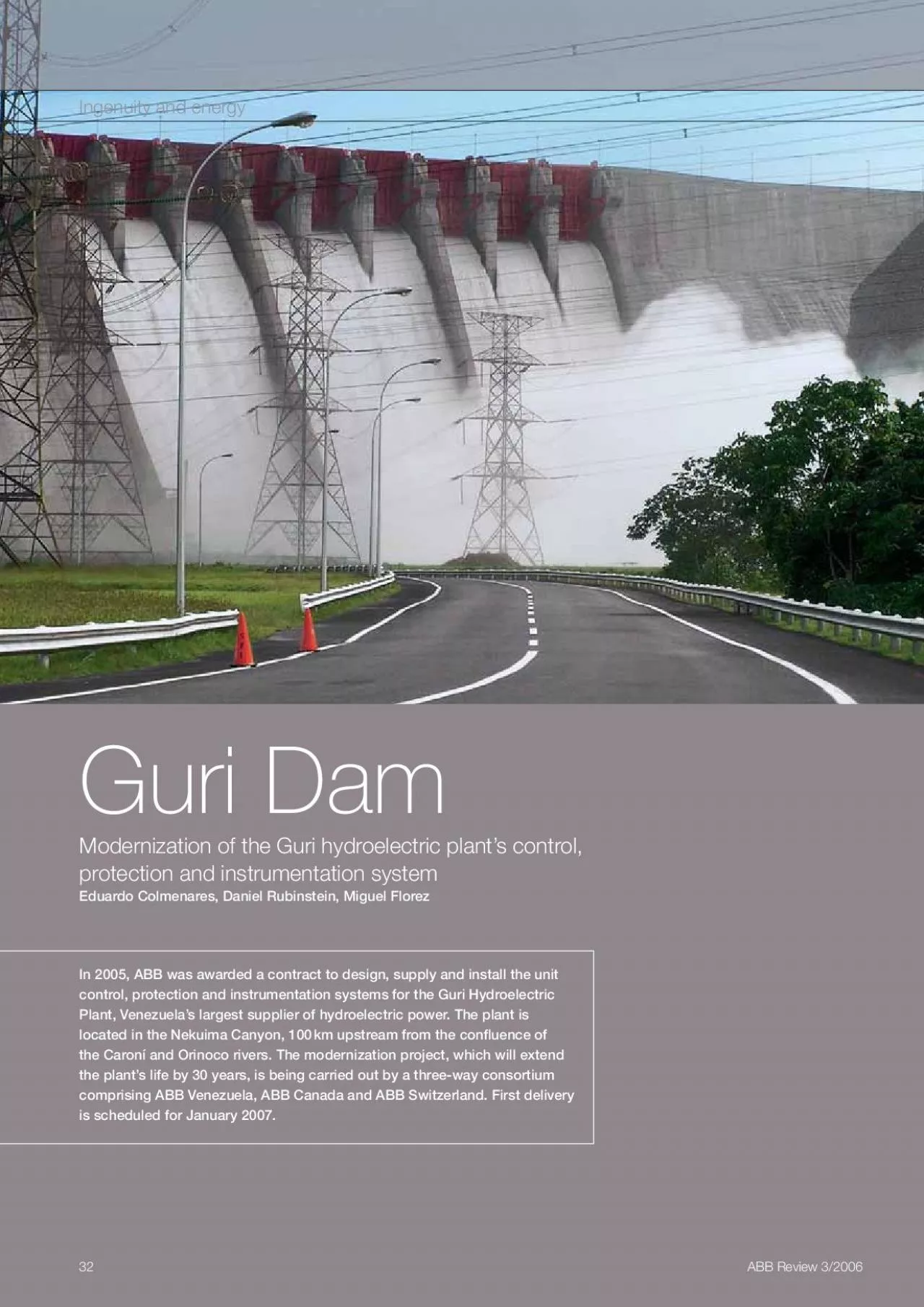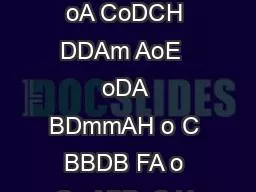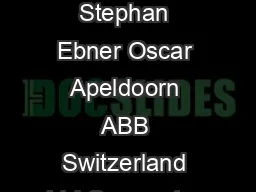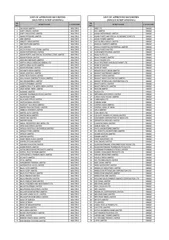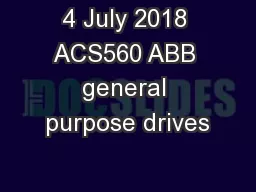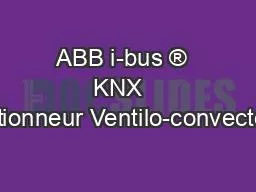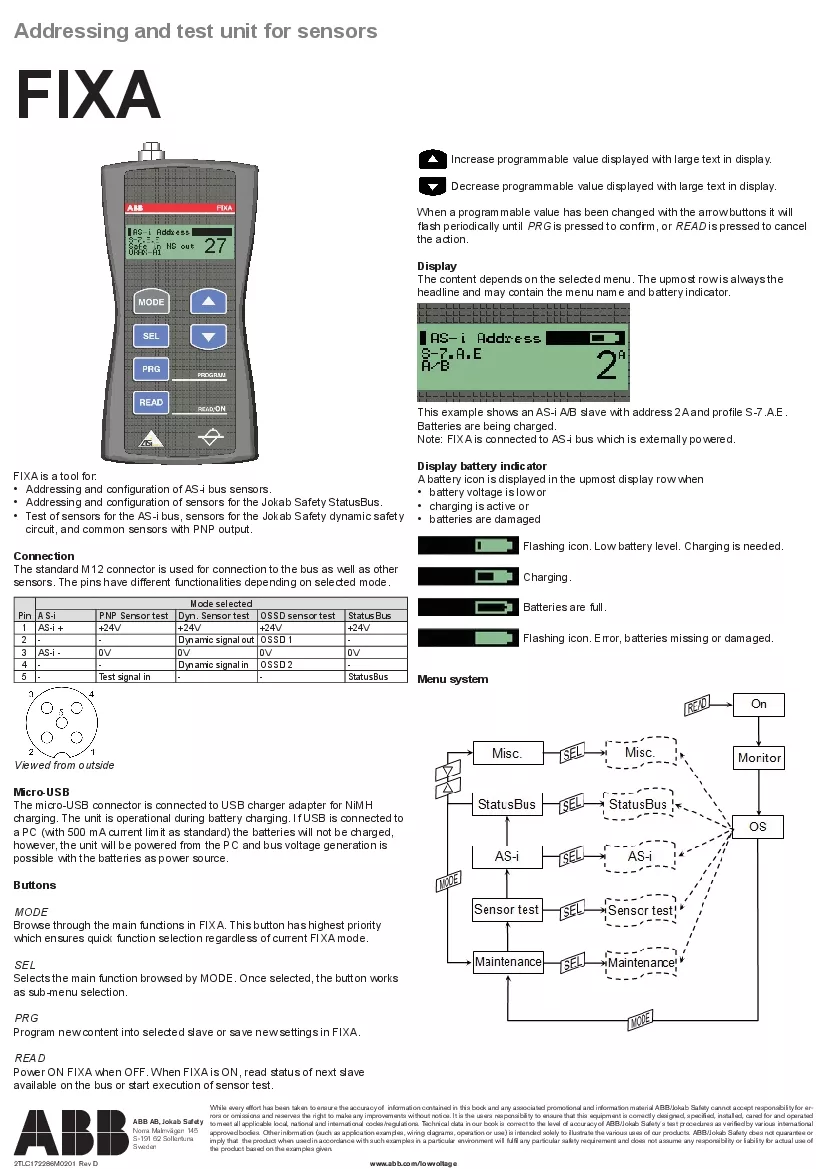PDF-Ingenuity and energy ABB Review 3/2006
Author : caitlin | Published Date : 2021-03-25
he construction of the Guri Dam was initiated in 1963 The first powerhouse containing ten generapacity of 2065 MW In 1985 a second powerhouse was built to house
Presentation Embed Code
Download Presentation
Download Presentation The PPT/PDF document "Ingenuity and energy ABB Review 3/2006" is the property of its rightful owner. Permission is granted to download and print the materials on this website for personal, non-commercial use only, and to display it on your personal computer provided you do not modify the materials and that you retain all copyright notices contained in the materials. By downloading content from our website, you accept the terms of this agreement.
Ingenuity and energy ABB Review 3/2006: Transcript
Download Rules Of Document
"Ingenuity and energy ABB Review 3/2006"The content belongs to its owner. You may download and print it for personal use, without modification, and keep all copyright notices. By downloading, you agree to these terms.
Related Documents

